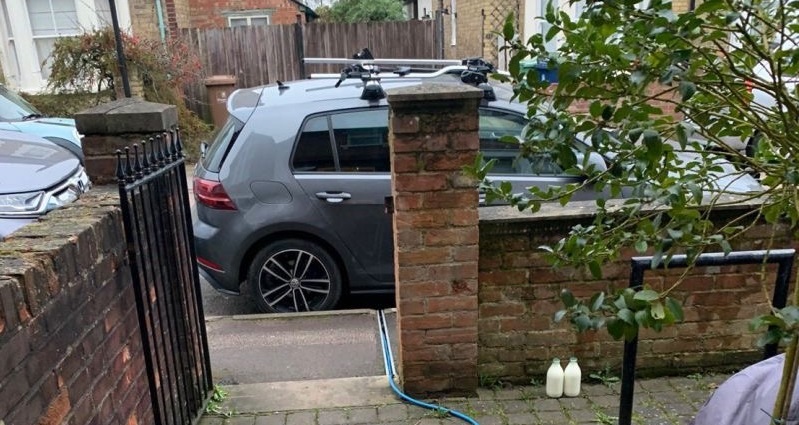Oxfordshire Council and the Office for Low Emission Vehicles (OLEV) have been trialling a simple cable gully solution…
The cable gully provides a discrete and safe channel for charging cables to extend from homes to roadside, without causing a trip hazard to the public.
It’s been so successful ODS (Oxford’s Local Authority Trading Company) has been given £160K in funding by Innovate UK to develop it further for a larger scale roll-out.
This innovative and cost-effective device could be a real game-changer in allowing households without off-street parking (like terraced housing) to charge Electric Vehicles (EVs) at home.
Cable gullies provide a refreshingly affordable and deceptively simple solution to this problem.
The trial found that the combination of a home charger and simple cable gully solution was the cheapest, most highly utilised solution, as well as the least likely to elicit complaints.
The government have recently said the EV charge point installation grant will change next year from houses with driveways towards those people with more challenging charging situations.
This seems to us there is likely to be a drive towards tackling the on-street charging problem associated with terraced property, using this simple cable gully solutions.
…but what do you think?


